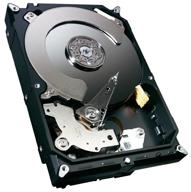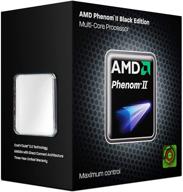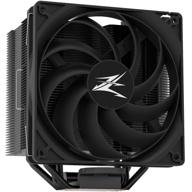
Review on 🚀 Intel Core i9-9900K Octa-Core Processor | 3.60 GHz | 8 GT/s DMI | 5 GHz Overclocking Speed | 14 nm by Goro Shimada ᠌

The purchase brought only positive emotions.
It's sad that the race with AMD has gone down the path of increasing the number of cores, and not the performance per core. Most of the useful software (engineering programs, databases, browsers, various scripts, user interface, etc.) will not benefit from additional cores. The main gain will be in multi-threaded number grinders, for which the HEDT platform is more suitable, much better optimized for such tasks, incl. having a 4-channel memory bus. Well, we are waiting for the programs to "start to utilize all available cores", which many people really want now . As of today, the 9900K has the best per-core performance, runs Windows 7, has stable drivers, and doesn't have a lot of weird hidden restrictions like running AVX commands half at a time. So I chose it, despite the fact that I consider 8 cores rather a minus. The system was assembled with the expectation of low temperatures and reliability. Motherboard - Asus Prime Z370-A II with 8-phase VRM on DrMOS (this is the best we could find, because there are no drivers for Windows 7 for Z390). Memory - Trident Z F4-3200C14D-16GTZ by G. Skill, 4x8 GB. Cooler - Fractal Design Celsius S24. I overclocked almost nothing, but set the boost frequency to 5 GHz when working from 1 to 4 cores, 4.8, 4.7, 4.6 and 4.5 GHz when working from 5 to 8 cores, respectively, and a long-term consumption limit of 125 watts. The result in the CPU-Z test is + 3% in single-thread and -9% in multi-thread from the nominal 9900K. Passmark shows a single-threaded throughput of 3050 points. In the worst case (Small FFT test), the frequency is reset to 4 GHz. With a typical load (h264-10b encoder, Blend test) - remains at the specified level (4.5 GHz for all cores). In all tests, the voltage does not exceed 1.25 V, the temperature is kept around 60-63 degrees. I did not touch the core voltage. Although it is possible to win back 50-70 millivolts, it is quite difficult to do this while maintaining dynamic tuning. Decided it was better to have a margin of stability.
- 1. Windows 7 runs flawlessly (when used with a discrete graphics card) 2. High single-core performance in complex workloads 3. Durable solder instead of thermal paste under the cover
- 1. Official embedded GPU driver for dozens only 2. The processor is very demanding on VRM and cooling 3. It is necessary to manually select the optimal mode of the processor
New products
Comments (0)
Similar reviews
Top products in 🧰 Computer Internal Components
Another interesting products
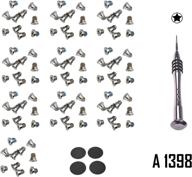
🔧 Premium Repair Replacement Screws & Tools for MacBook Pro Retina 15"/13" - Complete Bottom Case Set

10 Review
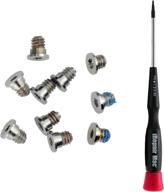
MacBook Retina 13-inch (A1425, A1502) and 🔩 15-inch (A1398) Bottom Case Screw Set with Pentalobe Screwdriver

11 Review

Comprehensive 500pcs Laptop Screw Kit Set for 🔩 IBM HP Dell Lenovo Samsung Sony Toshiba Gateway Acer

12 Review
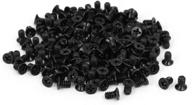
uxcell 3.5" HDD Screw Black 200pcs for Computer PC Case - Flat Phillips Head - 6#-32 - Hard Drive Fasteners

10 Review



